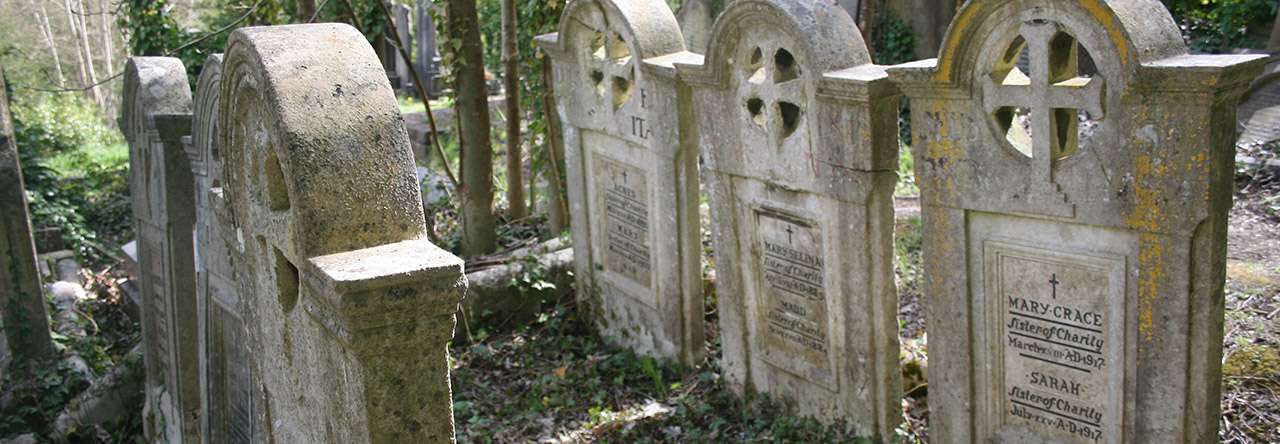“ I have had my fifth Covid jab as I am immunocompromised,” read a text from my friend, “they can call me whatever they want as long as I am jabbed, jabbed, jabbed.” “ I had pneumonia with my flu jab last autumn,” I countered, but I was outclassed. “Doesn’t cut the mustard,” came the reply “fifth Covid trumps pneumonia.” My friend and I embrace our vaccinations; we belong to the fortunate generation who until recently took for granted the protection afforded to us throughout our lives by vaccines. I have no memory of receiving my smallpox, polio, and diphtheria inoculations but I remember the sepia photograph on my grandparents’ bedroom wall of a seven-year-old boy in a sailor suit, their son who had died of diphtheria, and the two slightly older children in my primary school who wore callipers having contracted polio. Neither disease ever posed a threat to me. In our teenage years when my school friends and I received our BCG vaccinations we gave little thought to tuberculosis but speculated enthusiastically on whether our crocodiling from school to the clinic and back might involve missing maths or Latin. Personally, I hoped to miss games, but this was not a popular view. In adulthood vaccinations ensured my safety on holidays: typhoid, hepatitis and cholera became routine, immunisation against yellow fever spoke of exotic destinations.
The Covid pandemic shook my complacency breaching the defences of my protected, inoculated western world, and I was afraid. When in December 2020 Margaret Keenan received the first licensed vaccine against Covid, developed by Ugur Sahin and Ozlem Tureci, I rejoiced. On a bitterly cold day in February 2021, I joined other exultant, albeit masked and socially distanced, individuals at Shepton Mallet Social Services Hub where we thanked effusively the shivering but cheerful volunteers who told us where to park and those who managed the queue in the freezing hall with its doors and windows flung wide, reserving our most effusive thanks of all for those who administered our jabs.
Later, as the third lockdown passed, I made newly appreciative and grateful visits to early vaccinators.
A weathered slab beside the altar in the church of St. Mary the Virgin, Berkeley marks the grave of Edward Jenner along with his parents, wife, and son.

Having noticed the immunity of milkmaids from smallpox, and linked this to their exposure to cowpox, which he believed protected them, in 1796 Jenner injected James Phipps, the eight-year-old son of his gardener, with pus scraped from the blisters of a milkmaid who had contracted cowpox from a cow called Blossom. Six weeks later when he inoculated the boy with smallpox there were no ill effects. Jenner set up a hut in his garden, the Temple of Vaccinia, offering free vaccinations to the poor.
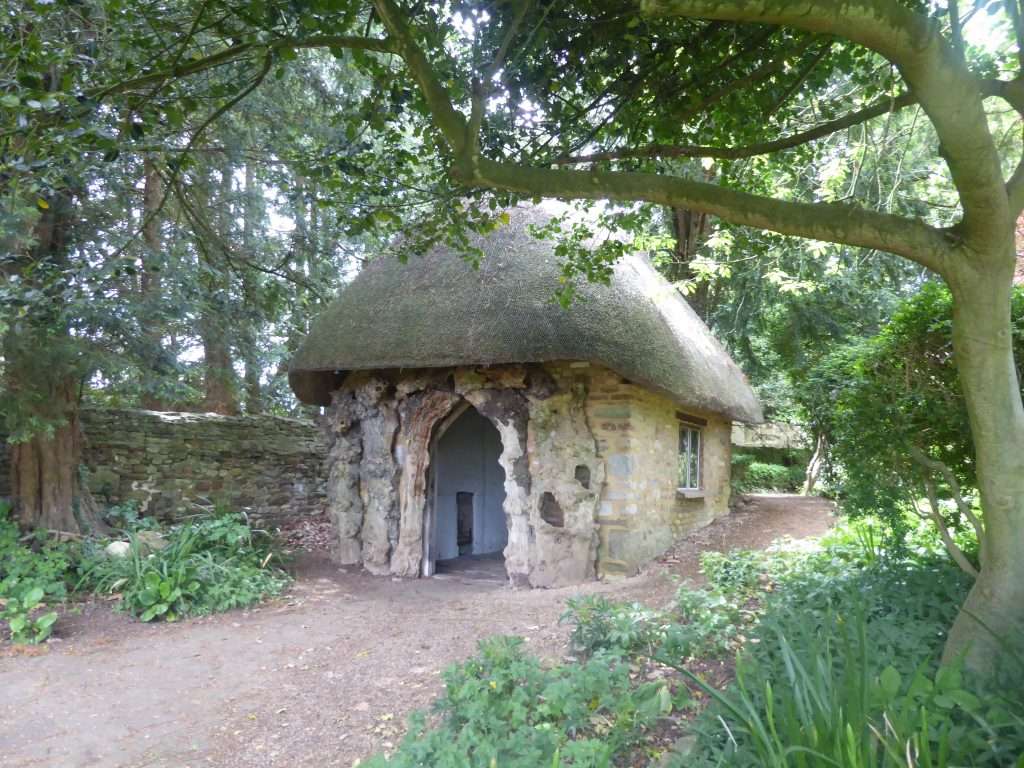
Jenner’s discovery however was not universally welcomed: sections of the clergy held it ungodly and unnatural to inoculate people with material from a diseased animal, others feared the effects. The cartoonist Gillray, who pictured people growing cows’ heads after having the vaccine, satirised the credulity of extreme opponents. When vaccination with the cowpox became compulsory in 1853 there were protest marches and calls for freedom of choice. It was not until 1980 that the World Health Organisation was able to declare that “smallpox is dead,” and today specimens remain in only two laboratories in the USA and Siberia for research purposes, held, it is said, with greater security than the nuclear bomb. An exhibition in Jenner’s house, next door to the church, traces the horrible effects of smallpox and the history of the vaccine.
But Jenner was not the first to inoculate with cowpox. In the graveyard of St. Nicholas in Worth Maltravers I visited the recently restored grave of Benjamin Jesty. Twenty-two years before Jenner, during the smallpox epidemic in 1774, the Dorset farmer inoculated his wife and two children with a darning needle coated in pus drawn from lesions on an infected cow . Although his vaccine was widely used by country doctors and farmers, Jesty too had met with ridicule and hostility not least from members of the medical establishment. He wrote his own epitaph describing himself as “the first person that introduced the cowpox by inoculation.” His wife, fittingly commemorated in a grave alongside him, added the more cautious and modest “known” in parenthesis.

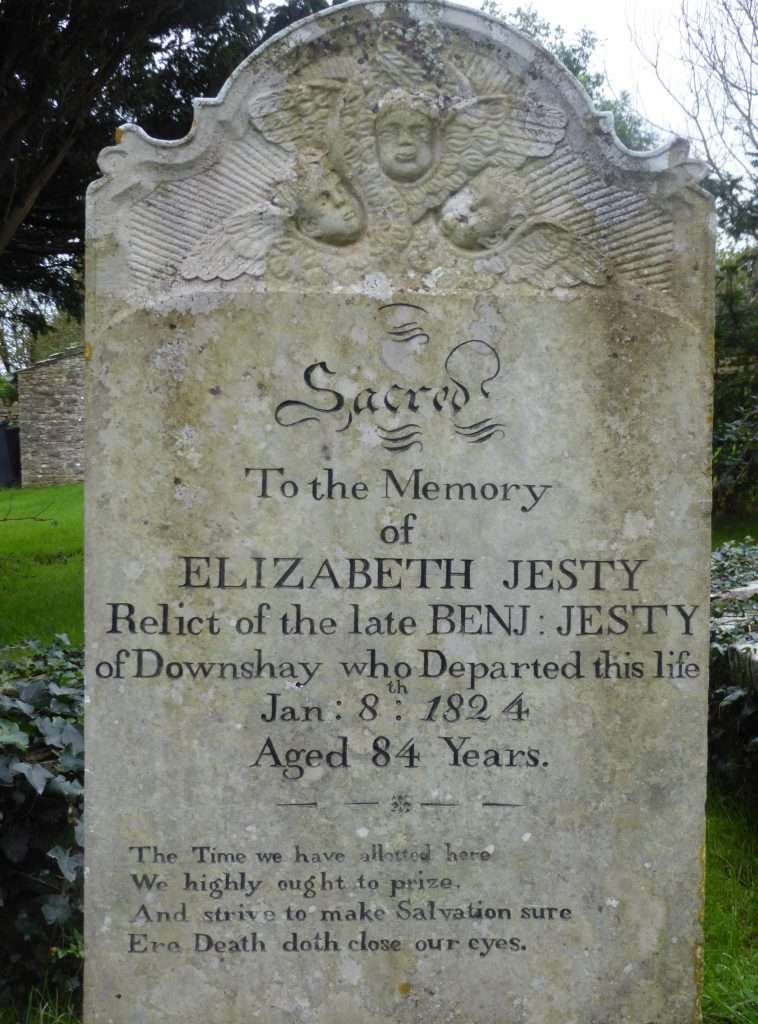
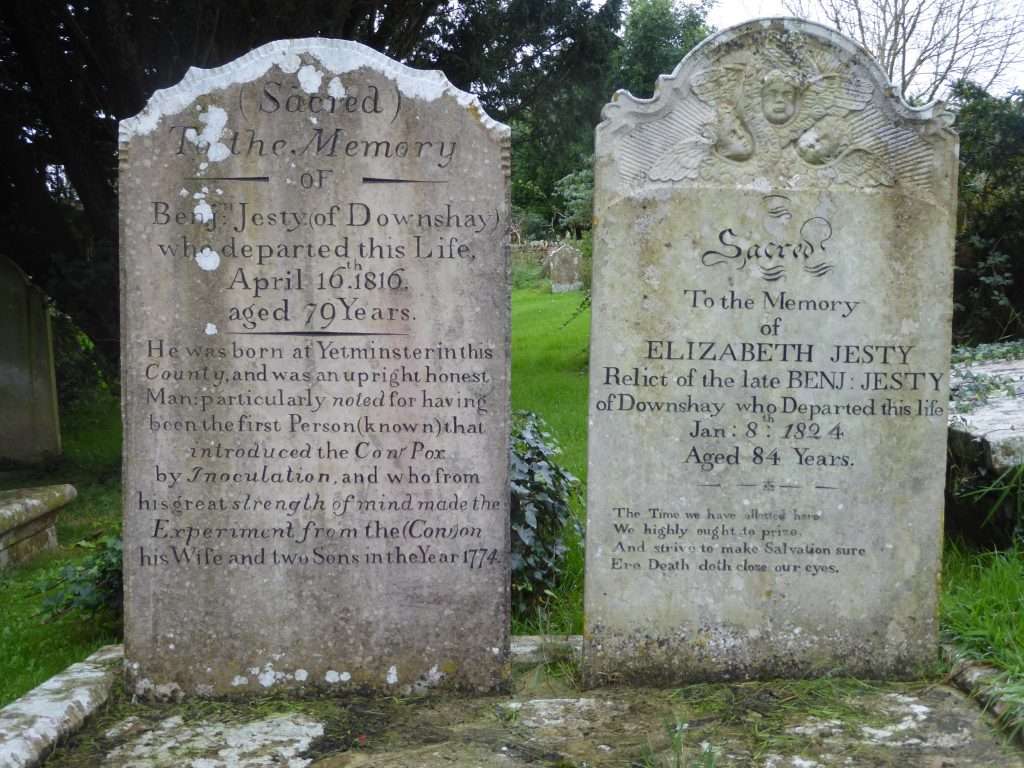
Before Jesty or Jenner the exotic Lady Mary Wortley Montagu had brought variolation, inoculation with pus taken from someone with smallpox itself to produce a mild infection and then immunity in the recipient, to Europe in 1721. The practice was widespread in Africa and Asia, and after observing it in Constantinople where her husband was ambassador, she had her own children inoculated. Later she encouraged trials on Newgate prisoners: faced with execution they were offered the alternative of receiving the inoculation and their freedom if they survived. Happily, all survived. The practice was also trialled on orphans. Criticism of Montagu focused not on the dubious morality of these trials but on fears of the results and a certain prejudice against oriental medicine. Controversial though the process was the Straffords at Wentworth Castle had their children treated. When their son inherited the estate he dedicated the Sun Monument, an obelisk in the gardens of Wentworth, to Montagu. She is buried in the vault of Grosvenor Chapel in London.
And Blossom? Jenner kept her hide and horns when she died. Today her hide hangs proudly in the library at St. George’s Hospital Medical School where Jenner did his medical training, but they admit that her horns are wooden copies, a letter in their archives suggesting that an impecunious relative of Jenner’s may have sold the originals to an American university in the 1930s.
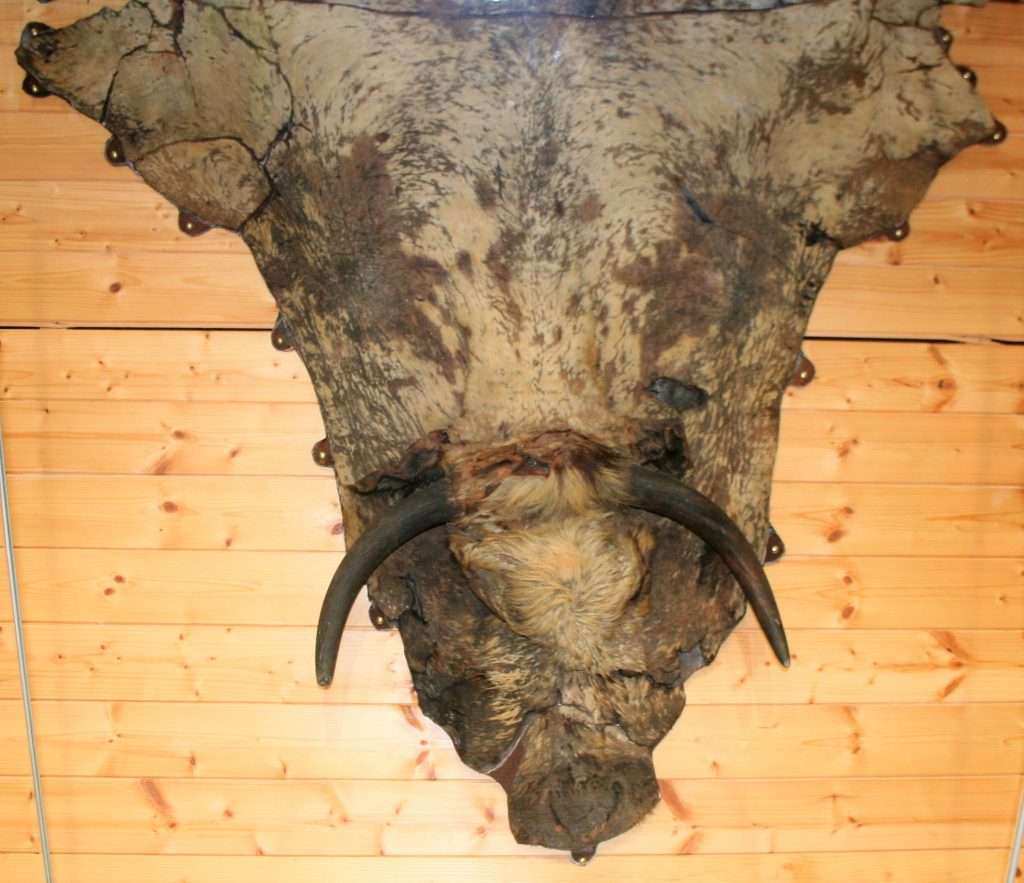
The museum at Jenner’s House has in its possession no less than seven horns: one magnificent specimen lying on the desk in Jenner’s study bears a silver inscription attesting proudly that Jenner himself polished it and gave it as a gift; two others are on display in a glass case.
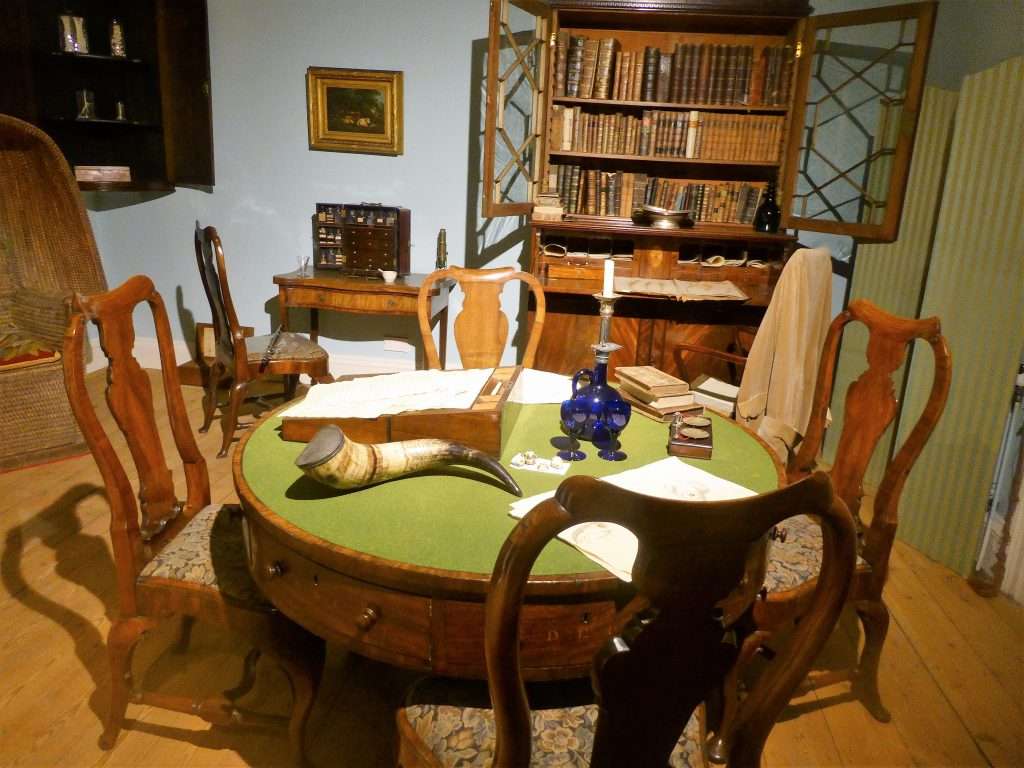


Rival claimants to the “true horns” include the George Marshall Medical Museum in Worcester which owns a pair; the Thackery Museum in Leeds has another two; the Science museum has one and so does the Old Operating Theatre. But Blossom’s finest memorial, and that of Jenner, Jesty and Montagu, is the protection bestowed on us with every inoculation we receive.

